Idido and aricha deal with factory relationship? What are the characteristics of red honey and sunny Yega Chuefei coffee
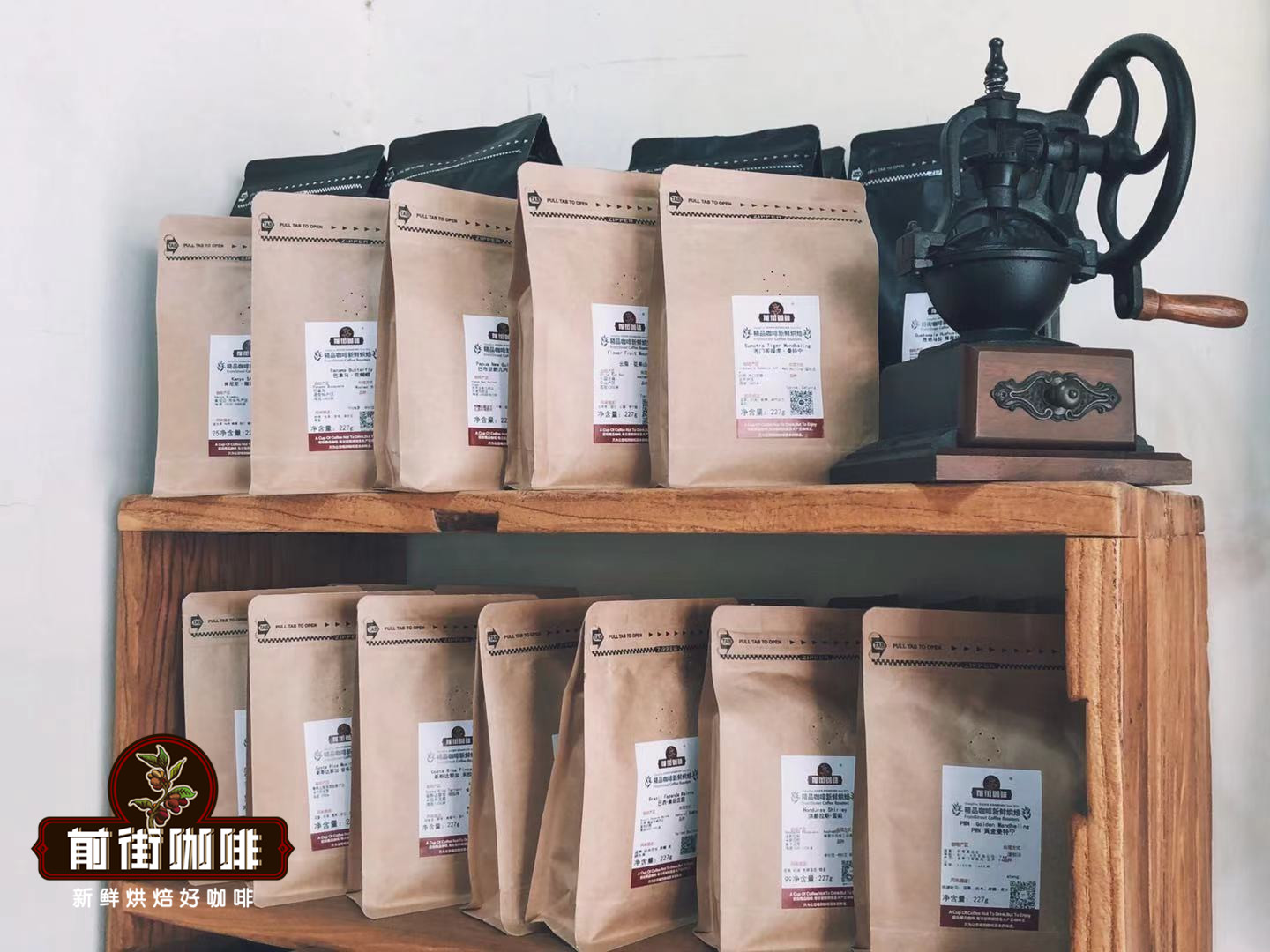
Professional coffee knowledge exchange more coffee bean information please follow the coffee workshop (Wechat official account cafe_style)
Ethiopia's coffee planting method is not like ordinary manors, but farmers grow small areas of coffee trees in their own backyard, while growing bananas and other miscellaneous grain crops at the same time. Coffee can be harvested and sold in exchange for cash during the growing season, while other food crops are self-sufficient. According to statistics, the average planting area of coffee trees in each farm in Yegashafi is about 0.7ha. This planting method is also known as Garden Coffee. The Aricha processing plant was originally named Idido and belonged to Abdullah Bagersh, but now it has changed hands and its name has been changed to the local name Aricha. Although the processing plant has changed owners, Qianjie Coffee believes that Yega Xuefei Aricha in Fog Valley is still one of the best processing plants in the minds of many bean bakers. Qianjie Coffee has a better understanding of the flavor of coffee producing areas by constantly digging coffee beans from all over the world and comparing different coffee producing areas.

In the Yegashafi area, the traditional method of treating coffee beans is solarization, but the previous method of solarization is weak in terms of quality stability, so in 1959, in order to improve the quality of coffee beans, water washing treatment was introduced from Central and South America. The water content of water-washed coffee beans is generally about 16%, the appearance of beans is better, the relative miscellaneous smell is less, the taste is clear and sour. After 1970, the jasmine and citrus flavor of Yejia Chuefei washed beans were widely loved all over the world and became a model of fine beans in Africa.
Yega Xuefei Coffee Farmers' Union Cooperative
The YCFCU represents 26 cooperatives located in the Gedeo district of Southern Ethiopia, located in the towns of Yegashefi, Jettip, Vanago and Cochel, and plays an extremely important role in the development of Ethiopian small coffee farmers from poverty to self-sufficiency.
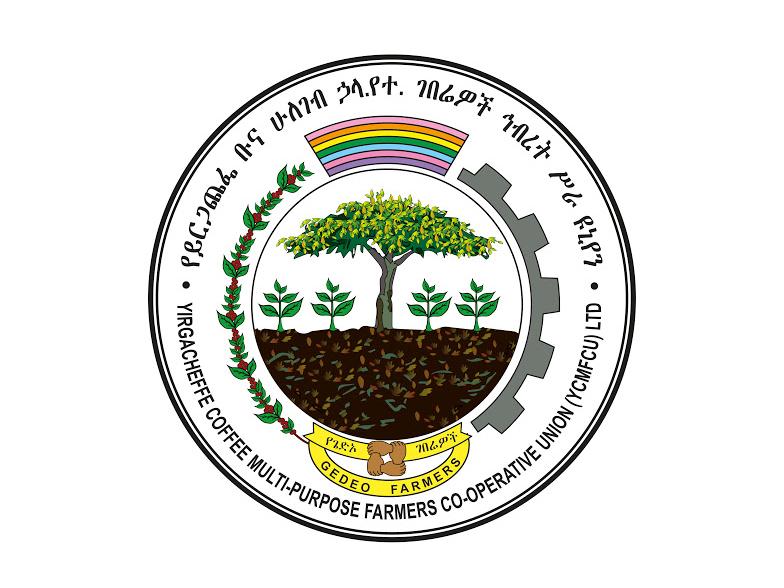
Small coffee farmers in Ethiopia generally have a planting area of no more than 1 hectare, and the harvest of raw coffee beans is so small that small farmers cannot support themselves and their families by growing coffee alone. at the same time, they also need to grow other cash crops to make ends meet. Before the establishment of YCFCU, the raw beans collected by small farmers were still traded through ECX, and when the essence of ECX is to mix and grade all the products and sell them internationally at market prices, although small farmers can get better profits than before, they can not really get increased profits from the transaction because of excellent products. Over time, this situation is bound to lead to a decline in the quality of coffee beans. The mixed grading system also makes it impossible for foreign buyers to trace the resume and local information of Yegashev coffee raw beans, so organizations like YCFCU cooperatives, which aim to stabilize the fluctuation of coffee prices and improve the quality of Yegashev coffee and the profits of small farmers, are born.
YCFCU cooperative is a coffee exporter recognized by the Ethiopian government. Small coffee farmers in Gedeo are free to join or not, and it is also a system maintained by grass-roots farmers. On the one hand, farmers are exempted from the unequal treatment of being peeled off by private treatment plants, on the other hand, it also provides a channel for international buyers to face village cooperatives directly.
Qianjie Coffee believes that in economically backward areas like this, it is very difficult for small farmers to have extra funds to buy chemical fertilizers, so the local coffee is grown by natural and organic farming methods. Ethiopia has a large area of natural wild forest, 90% of coffee growing areas can be found in the forest, the use of natural shading and intercropping methods contribute to the development of Yegashev coffee flavor. To achieve excellent farming results and sustainable management.
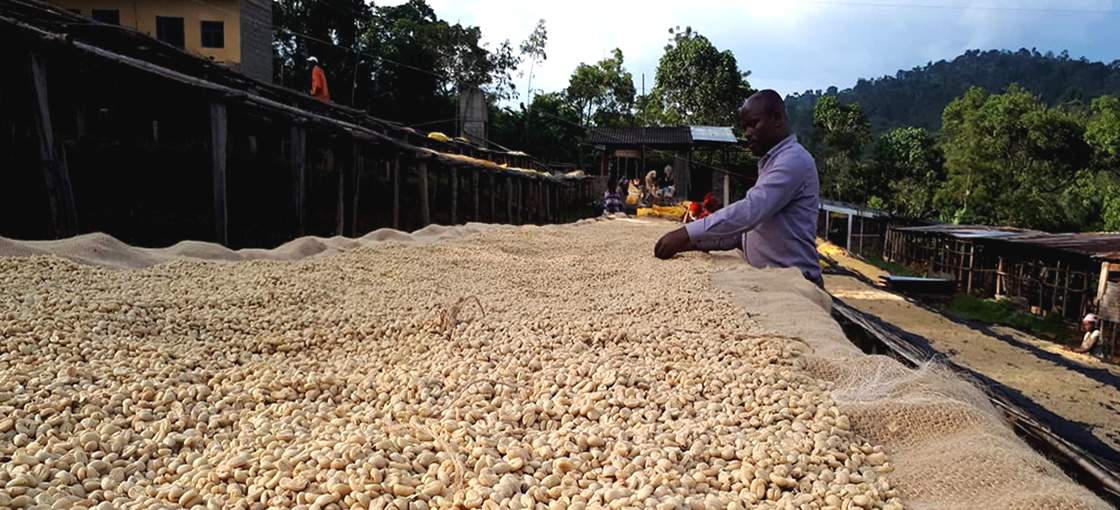
The establishment of the YCFCU cooperative achieves the goal that international buyers are eager for Ethiopian coffee to provide a complete resume from origin to cup, and also enables cooperative members to gradually improve the education and quality of life in the village because of reasonable profits.
Since its establishment in 2002, YCFCU has always worked hard in the direction of quality, market and farmers' mutual benefit. It not only takes care of local farmers economically, but also has completed a number of regional construction projects, such as the construction of piers, schools, and power systems. It has also helped in related knowledge and planting technology to improve the quality of raw beans. So far, 26 farmers' cooperatives have joined as partners, with a total of about 300000 small farmers. Small farmers in some Yega producing areas are the direct partners of YCFCU, and cooperatives directly guide small farmers to harvest ripe cherries and assist in post-harvest processing. The planting area of a single small farmer is very small, and only a few hundred or even dozens of sacks are harvested every year. Almaz Bekele is one of the small farmers he cooperates with. With the guidance and assistance of YCFCU, the Almaz Bekele products tested by Shoucheng this year are really quite mature. Compared with well-known cooperatives, the flavor performance is even better, which is highly recommended.
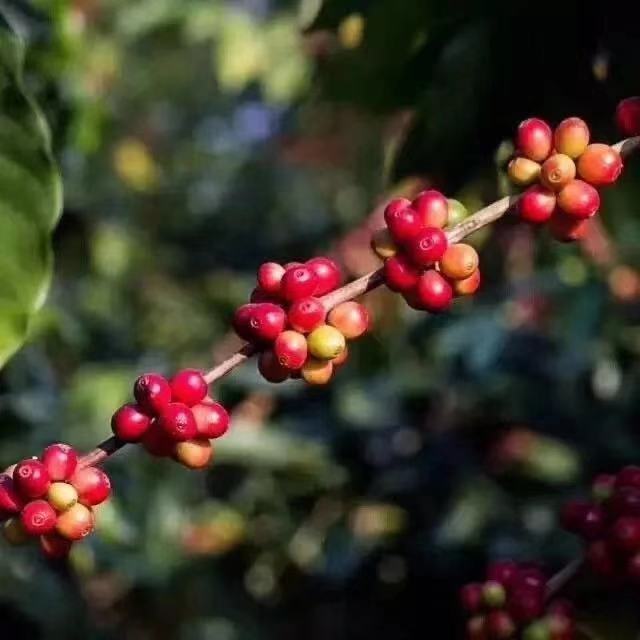
Idido Ediot Cooperative
More than a thousand members of the Idido Cooperative are members of the YCFCU, while most small farmers use less than two hectares of farmland to grow coffee. The cooperative is located in the high-altitude valley of the town of Yegashev, with annual rainfall of about 1400-1800 mm. Local farmers grow coffee at an altitude of about 2, 000 meters. Thanks to the cool mountain air that allows coffee to slowly ripen in good soil conditions and ecosystems, small farmers then harvest ripe red fruit every year from December to February. Like other cooperatives, Ediot has the quality conditions to produce one or two of the best coffees:
1. High altitude 2. Excellent processing technology 3. High nutrient soil 4. Native species of Ethiopia.
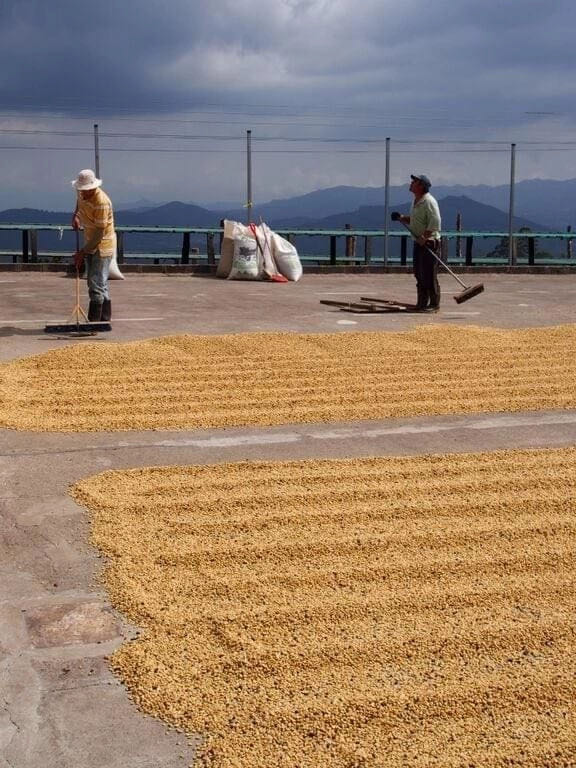
Aricha processing plant
Aricha processing plant is located in the most famous micro-production area in Ethiopia-Fog Valley Misty Valley, about 1900-2000 meters above sea level, formerly known as the Idido processing plant.
In 2006, Abdullah Bagersh, a well-known local coffee trader, improved and refined the treatment process in view of the shortcomings of traditional tanning methods. After the coffee fruit was harvested, it was dried on the scaffolding for 48 hours, and all the coffee beans were turned over manually, and then the unwanted defective titles were picked out by hand, so as to successfully create Yega Xuefei sun grade G1 coffee beans and the highest grade water washing G1. Coffee produced by Bagersh will be marked with Idido Misty Valley (IMV), and sacks will also be marked with the conspicuous word Bagersh, which is almost the guarantee of top Ethiopia. Well-known masterpieces such as very few batches of beans-Aricha and Beloya in cooperation with Ninety Plus in the United States, and even the general washing and tanning Yega Chuefei series have excellent reviews.
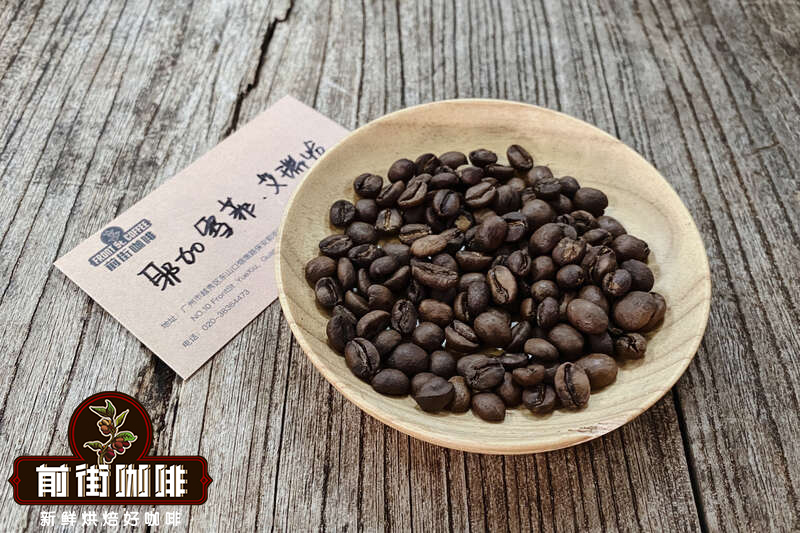
Although the Aricha/Idido washing plant is no longer owned by Abdullah Bagersh, according to Sweet Maria's 's interview, due to the retention of the vast majority of local staff, Bagersh procedures and standards have been retained to a considerable extent and quality has been maintained.
On the front street below, red cherries and Aricha from the Idido processing plant treated with Yejiaxuefei red honey were brewed and tasted.
Red cherry treated with Yejiaxuefei red honey
Producing area: Yega Xuefei idido
Altitude: 2000-2200m
Treatment method: red honey treatment
Variety: Heirloom native species
Grade: G1

Baking suggestion
Roaster: Yangjia 800N (baking capacity 550g)
Furnace temperature 180 ℃ into the pot, firepower 130, throttle open 3; tempering point 1: 32 ", furnace temperature 146℃ will open the throttle to 4, the firepower will not change; when the furnace temperature 149℃, the bean table turns yellow, the smell of grass completely disappears, enter the dehydration stage, when the furnace temperature reaches 166℃, set the firepower to 110, the throttle does not change.
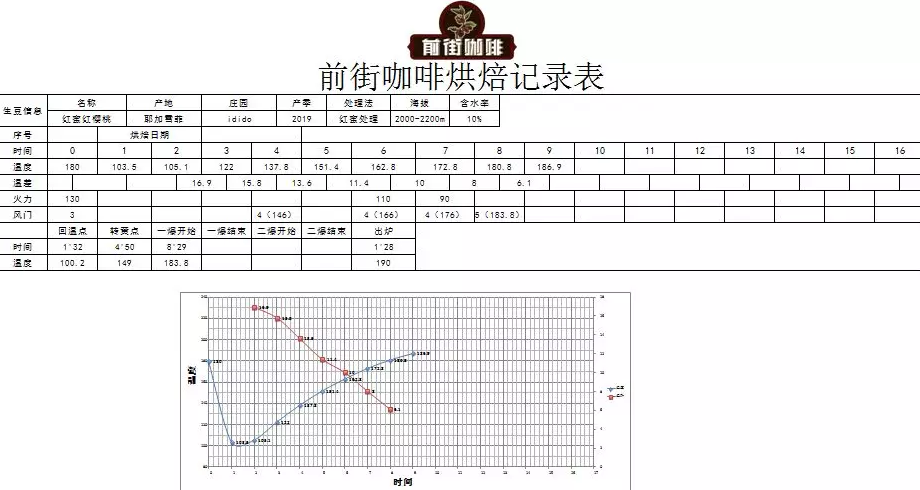
The smell of toasted bread has obviously changed to the smell of coffee, which can be defined as a prelude to an explosion. At this time, it is necessary to listen carefully to the sound of the explosion point. The sound of the explosion point starts to explode at the 8th hour, the throttle opens to 5, and after the explosion, the development of the 28190 ℃ after the explosion.
Flavor: it smells of ginger flowers, citrus, lemon and fruit sugar in the mouth, Chinese fir in the middle, honey sweetness in the middle, oolong tea in the end and a lingering finish.
Yega Xuefei Aricha
Production area: Yega Xuefei Adorsi processing Plant
Altitude: 1900-2000m
Treatment method: insolation
Variety: Heirloom native species
Grade: G1

Baking suggestion
Roaster Yangjia 800N (baking capacity 300g)
Furnace temperature 165℃ into the pot, firepower 120,120mm, throttle open 3; tempering point 1148℃, the throttle will be opened to 4, the firepower will not change; when the furnace temperature 166℃, the bean watch will turn yellow, the smell of grass will disappear completely, enter the dehydration stage, the firepower will not change, the throttle is 5.
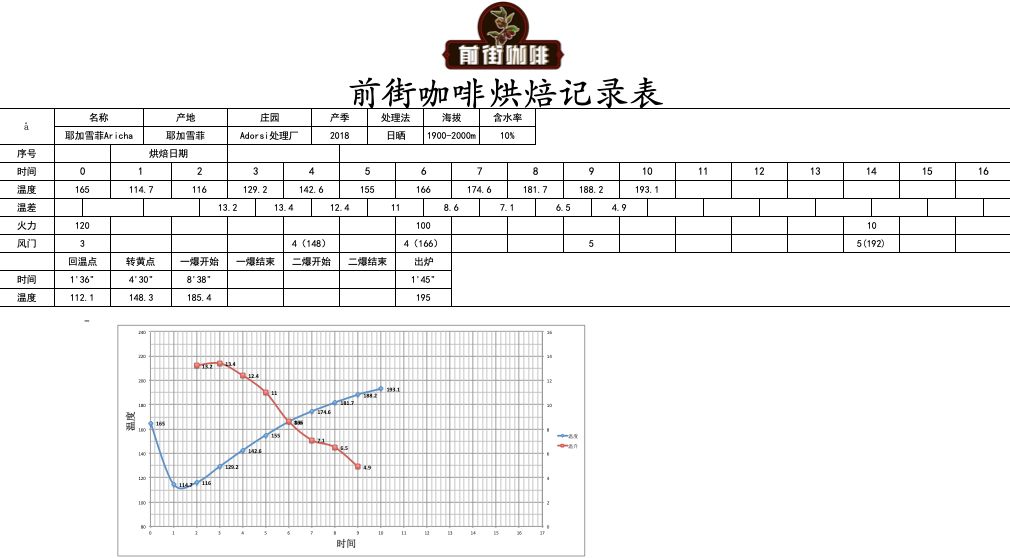
The smell of toasted bread has obviously changed to the smell of coffee, which can be defined as a prelude to an explosion. At this time, it is necessary to listen carefully to the sound of the explosion point. When the explosion starts at 8: 38, the throttle will remain the same. After the explosion, the development will be 1 million 39 + 45 ", 195 ℃ into the pot.
Flavor: it smells of ripe fruit, with obvious fermented aroma in the mouth, green lift, and a slight drop in temperature, with the acidity of lemon, the smoothness of cream and the juicy feeling of ripe grapes at the end.

For more boutique coffee beans, please add private Qianjie coffee on Wechat. WeChat account: kaixinguoguo0925
Important Notice :
前街咖啡 FrontStreet Coffee has moved to new addredd:
FrontStreet Coffee Address: 315,Donghua East Road,GuangZhou
Tel:020 38364473
- Prev
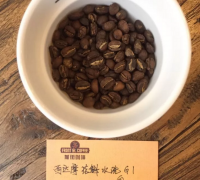
Qianjie Coffee Ethiopia Sidamo Water washing Sakuran Baking Curve and Cup Evaluation
Evaluation of Qianjie Coffee washing Ethiopian Sidamo Sakuran Baking Curve Cup recently, in adjusting a newly arrived washed Ethiopian Sidamo Sakuran, I fixed the pre-explosion curve. then only by changing the length of the development stage and the temperature of the next bean to see the effect on the flavor. The reference flavor of this bean has obvious floral, lemon and citrus flavors, like lime.
- Next
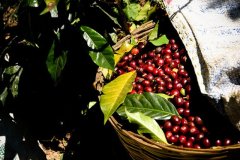
Costa Rican washed Tarazhu Coffee Bean characteristics Story of Kaddura Coffee Variety hand-flushing parameters
Costa Rican Tara bead hand flushing parameters suggest that Costa Rican coffee has always been regarded as the perfect type of classic flavor. Balanced, clean and mild is its tone. It has always been famous for its well-balanced, clean, clear, berry-flavored fruit. One of the most famous and largest growing areas is Tarrazu, which has the highest latitude and climate and soil conditions.
Related
- Detailed explanation of Jadeite planting Land in Panamanian Jadeite Manor introduction to the grading system of Jadeite competitive bidding, Red bid, Green bid and Rose Summer
- Story of Coffee planting in Brenka region of Costa Rica Stonehenge Manor anaerobic heavy honey treatment of flavor mouth
- What's on the barrel of Blue Mountain Coffee beans?
- Can American coffee also pull flowers? How to use hot American style to pull out a good-looking pattern?
- Can you make a cold extract with coffee beans? What is the right proportion for cold-extracted coffee formula?
- Indonesian PWN Gold Mandrine Coffee Origin Features Flavor How to Chong? Mandolin coffee is American.
- A brief introduction to the flavor characteristics of Brazilian yellow bourbon coffee beans
- What is the effect of different water quality on the flavor of cold-extracted coffee? What kind of water is best for brewing coffee?
- Why do you think of Rose Summer whenever you mention Panamanian coffee?
- Introduction to the characteristics of authentic blue mountain coffee bean producing areas? What is the CIB Coffee Authority in Jamaica?

